Isn’t everyone cheered up by a host of golden daffodils fluttering and dancing in the breeze? They certainly inspired William Wordsworth, and we hope they inspire you too! In the depths of the coronavirus melancholy of 2020, a plan was hatched to use daffodils to brighten up our parks and cheer up the community. Over the years, our bulb choices have expanded to include native California flowers, and our planting sites have included not just parks but also school yards.
In early December 2021, 20+ volunteers planted over 1,000 bulbs at Dunphy Park and both campuses of our public schools. At Dunphy, volunteers augmented the prior year’s planting by the Bee Street entrance to the park. At the Nevada Street campus of Bayside MLK school (previously Willow Creek Academy), volunteers and students planted over 600 bulbs at the entrance and library (a big shout out goes to 2nd grade teacher Kelly Browning). At the Phillips Street campus (in Marin City), students planted bulbs as part of an experiment led by their science teacher Nathan Scripps who is also a Sausalito Beautiful board member. We are excited that the next generation of environmental stewards is becoming inspired!
In late fall of 2020, our inaugural bulb planting involved two teams of 25+ volunteers to plant over 1,000 daffodil bulbs in Dunphy and MLK Parks. At Dunphy Park, bulbs were planted all around the gazebo, and on either size of the Bee Street entrance walkway. At MLK Park, bulbs were planted on the triangular mound created by the walkway from the Ebbtide/Bridgeway entrance, and under the Chinese Elm triangle created by the walkway from the northside parking lot. The daffodils emerged in March and continued blooming over several weeks—what a delight!
Sausalito Beautiful aims to continue this annual tradition around the holiday season. These cheery flowers will brighten our spirits as the winter turns to spring— and in areas where the soils are amenable, the blossoms will return year after year, only needing the winter rains and California sunshine to thrive.
William Wordsworth’s I Wandered Lonely as a Cloud
Species Planted
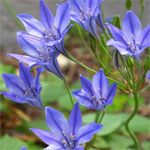 Brodiaea laxa Corrina: This california native has clusters of delicate star-shaped, deep blue-violet flowers with darker midveins. In spring, Corrina sends up one or a few slender grass-like leaves, followed by a leafless stem topped with a spray of flowers.
Brodiaea laxa Corrina: This california native has clusters of delicate star-shaped, deep blue-violet flowers with darker midveins. In spring, Corrina sends up one or a few slender grass-like leaves, followed by a leafless stem topped with a spray of flowers.
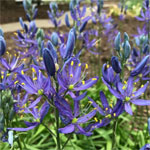 Camassia quamash: Dozens of star-shaped lavender-blue flowers with yellow anthers open sequentially from the bottom to the top on this California native. Historically, camassia has been a food source for many native peoples in the west—after cooking, the bulb looks and tastes like baked sweet potato.
Camassia quamash: Dozens of star-shaped lavender-blue flowers with yellow anthers open sequentially from the bottom to the top on this California native. Historically, camassia has been a food source for many native peoples in the west—after cooking, the bulb looks and tastes like baked sweet potato.
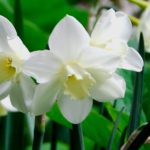 Pueblo: This scented hybrid has 3″, star shaped flowers that open with a milky-white perianth and funnel shaped, lemon-yellow corona. It matures to bright white with a narrow golden halo around the base of its milk-white cup. Narcissus Class: Jonquilla
Pueblo: This scented hybrid has 3″, star shaped flowers that open with a milky-white perianth and funnel shaped, lemon-yellow corona. It matures to bright white with a narrow golden halo around the base of its milk-white cup. Narcissus Class: Jonquilla
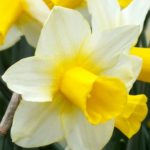 Golden Echo: The long-lasting blooms are glistening white with a sunny golden halo around the base of its long, brilliant yellow stovepipe-of-a-cup. An American hybrid, it is lightly fragrant and yields one to three flowers per stem. Good for warmer climates. Narcissus Class: Jonquilla
Golden Echo: The long-lasting blooms are glistening white with a sunny golden halo around the base of its long, brilliant yellow stovepipe-of-a-cup. An American hybrid, it is lightly fragrant and yields one to three flowers per stem. Good for warmer climates. Narcissus Class: Jonquilla
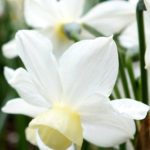 Silver Chimes: This sweetly fragrant heirloom dating back to 1914 yields up to eight flowers per stem that are silvery-white with cup-shaped, primrose-yellow crowns. Later flowering and deal for warmer climates. Narcissus Class: Tazetta
Silver Chimes: This sweetly fragrant heirloom dating back to 1914 yields up to eight flowers per stem that are silvery-white with cup-shaped, primrose-yellow crowns. Later flowering and deal for warmer climates. Narcissus Class: Tazetta
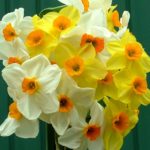 Golden Dawn: The sweetly fragrant, outward-facing species has greenish-yellow flowers with white highlights and a bowl-shaped, orange cup that deepens as the blooms mature. Later-flowering and ideal for warmer climates. Narcissus Class: Tazetta
Golden Dawn: The sweetly fragrant, outward-facing species has greenish-yellow flowers with white highlights and a bowl-shaped, orange cup that deepens as the blooms mature. Later-flowering and ideal for warmer climates. Narcissus Class: Tazetta
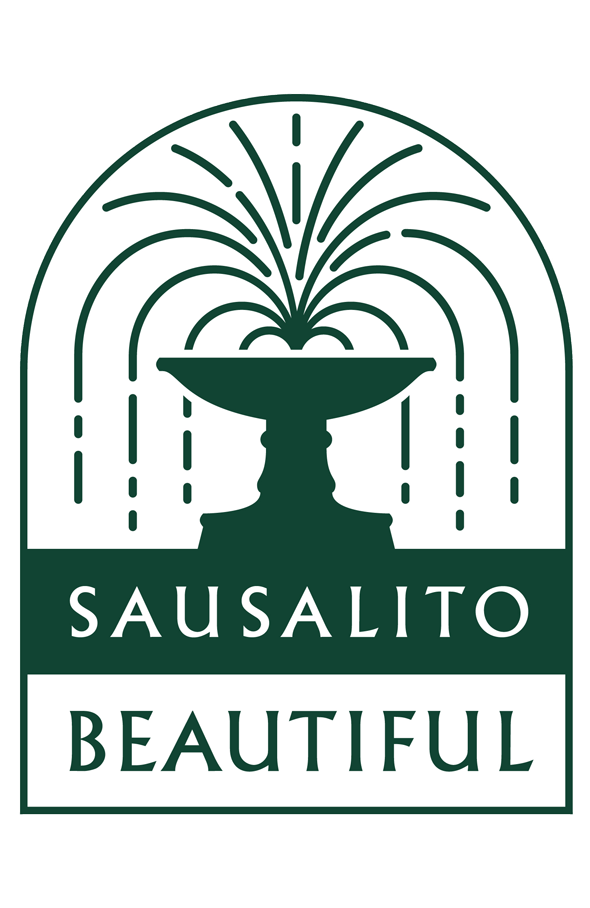
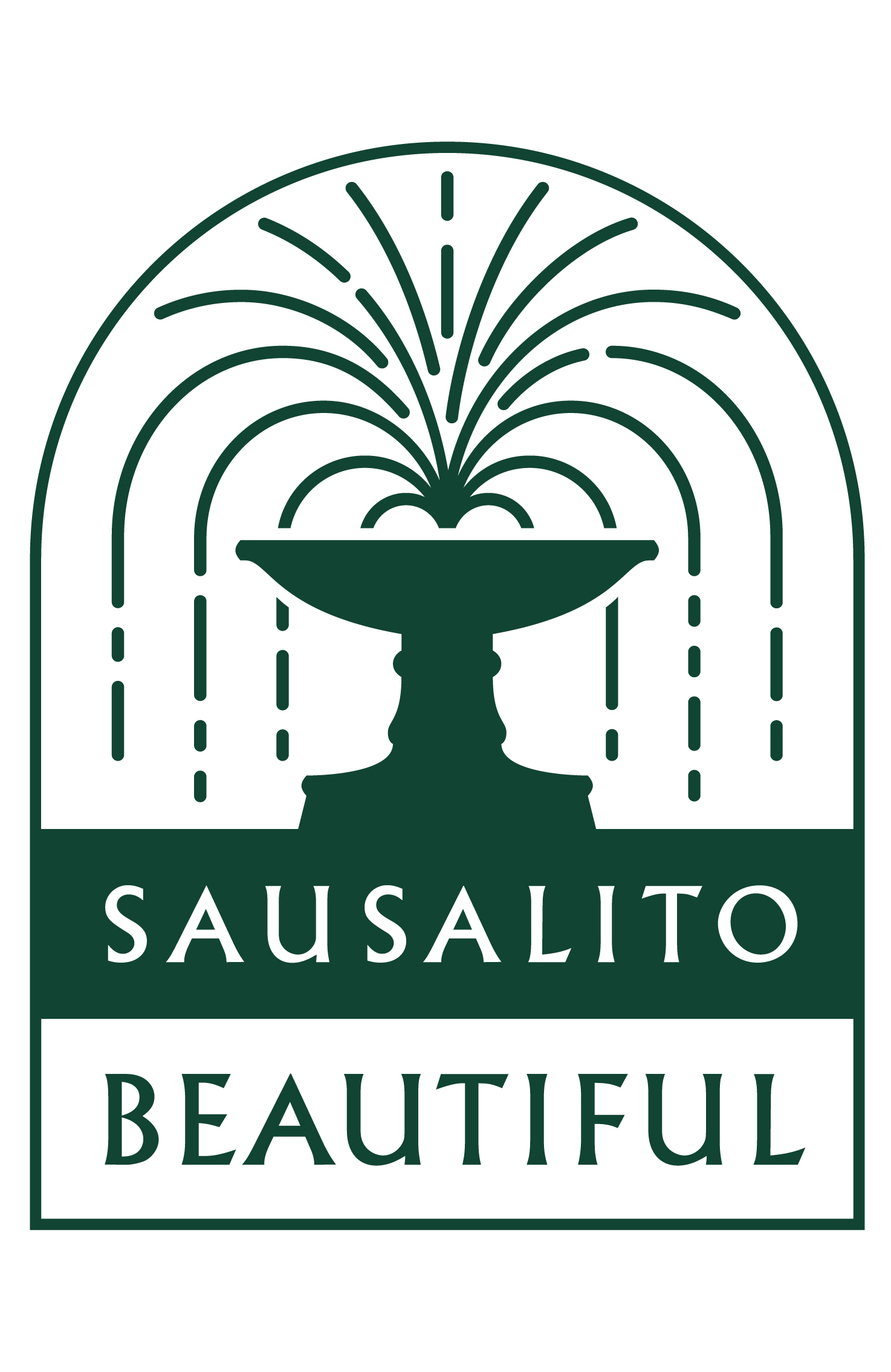
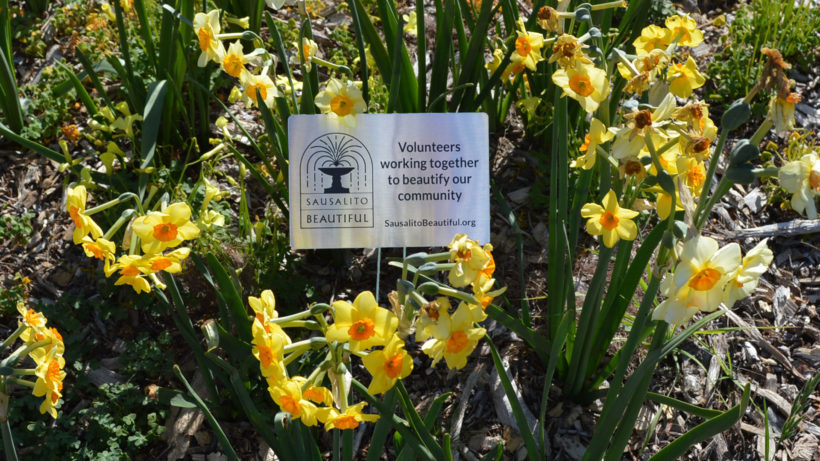
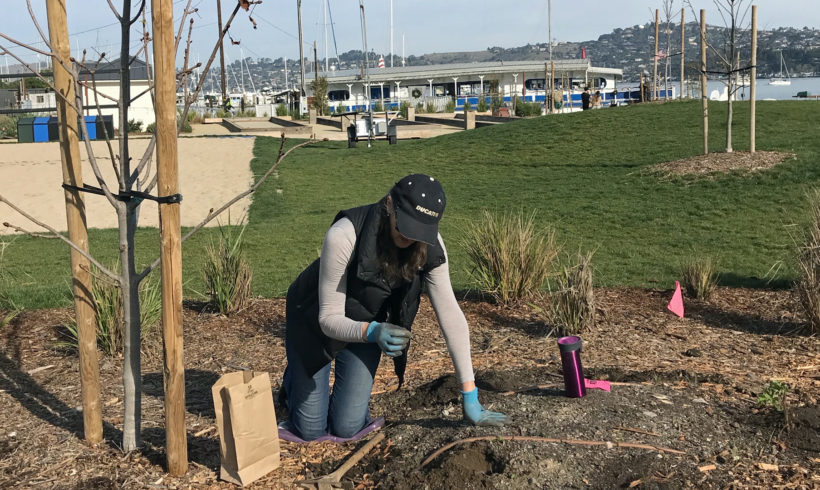
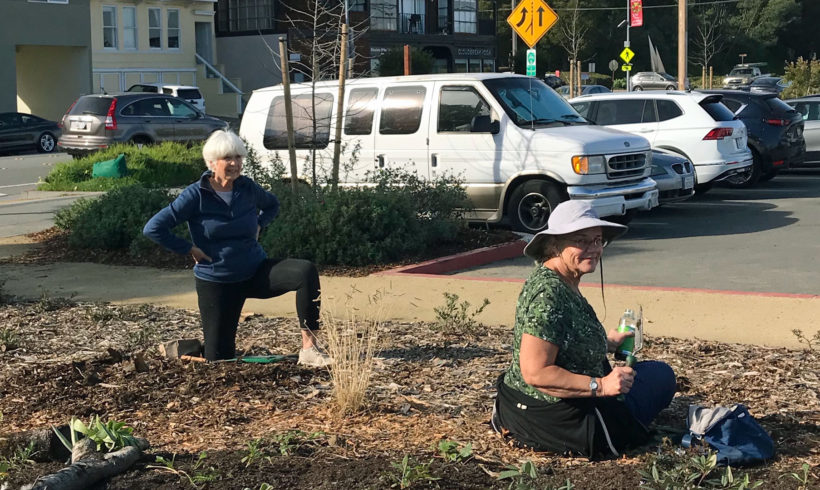
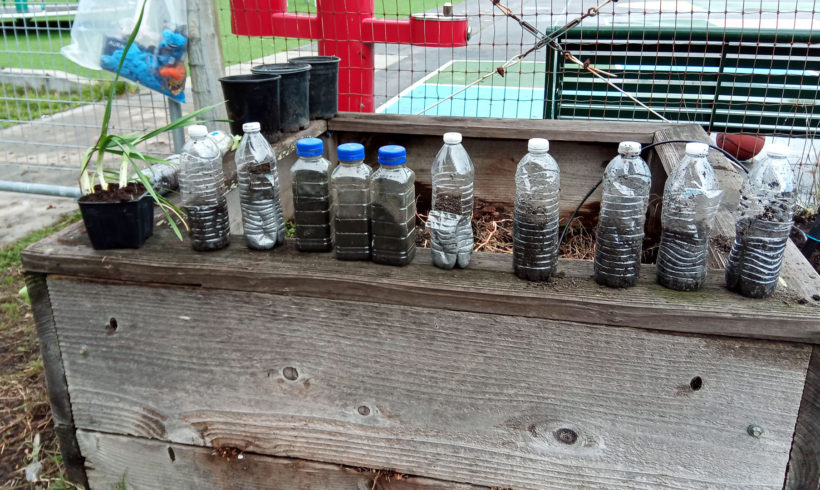
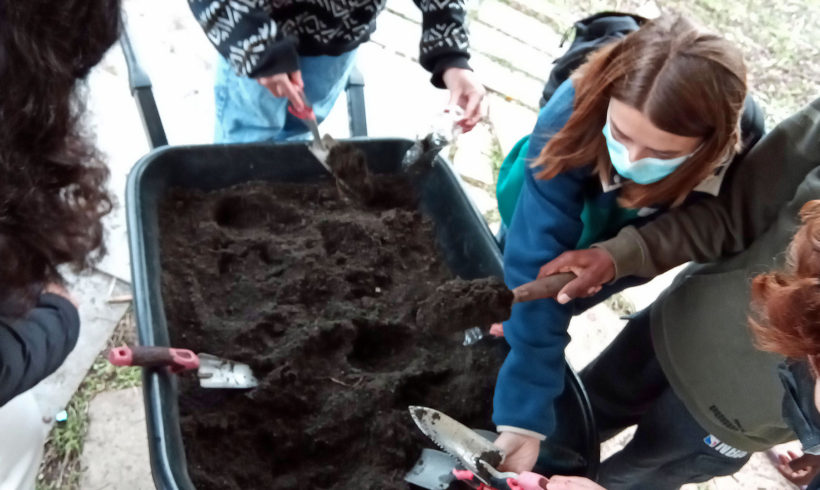
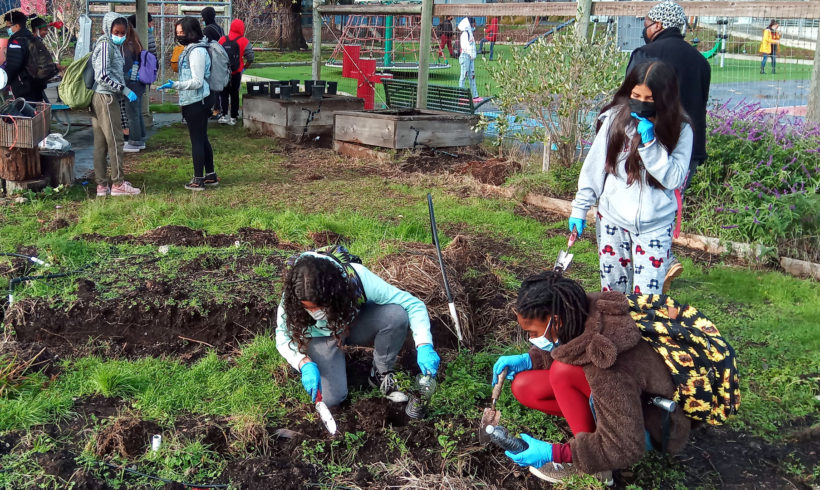
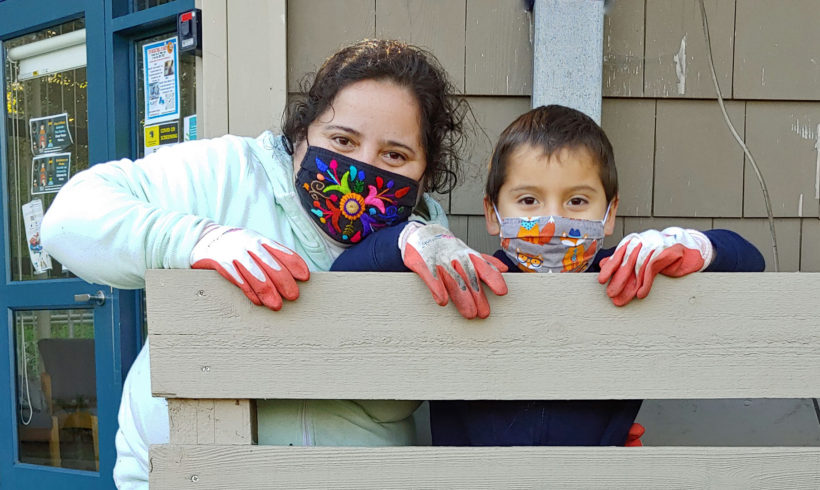
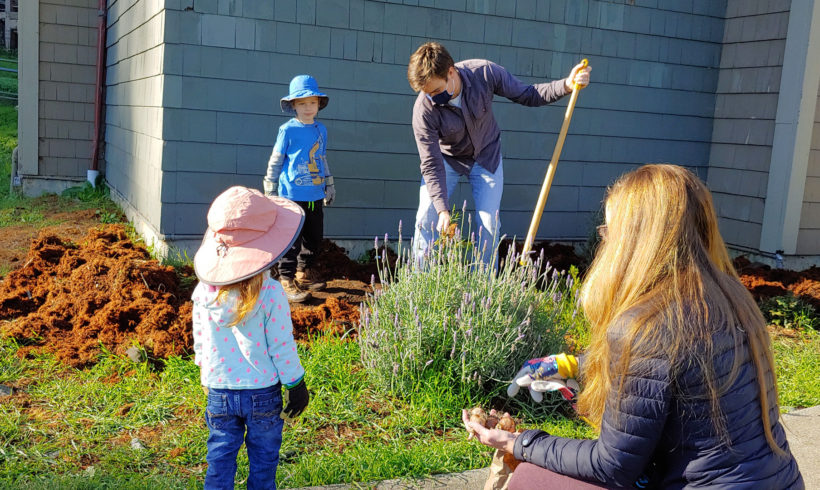
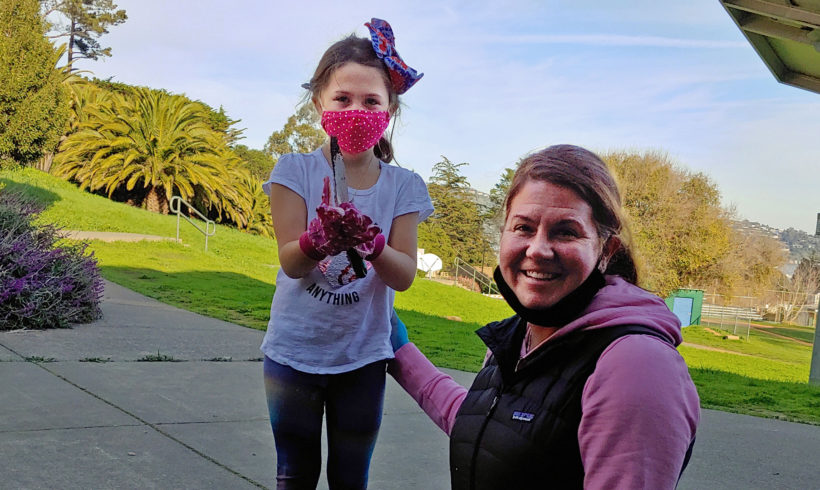
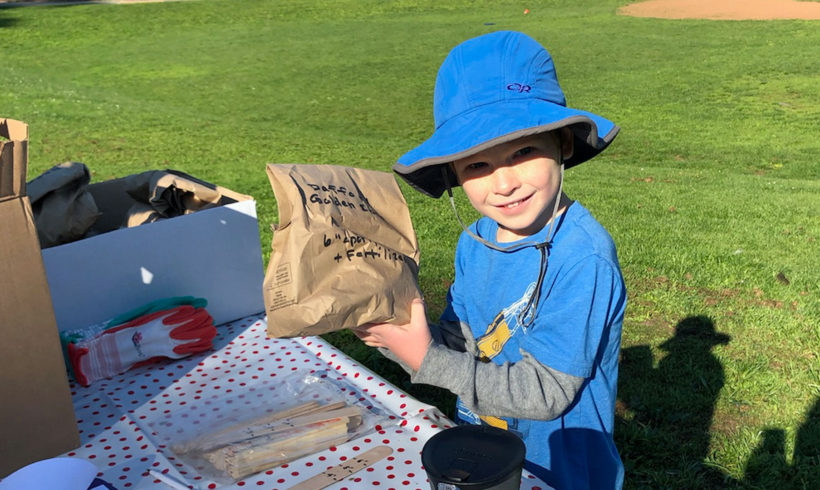
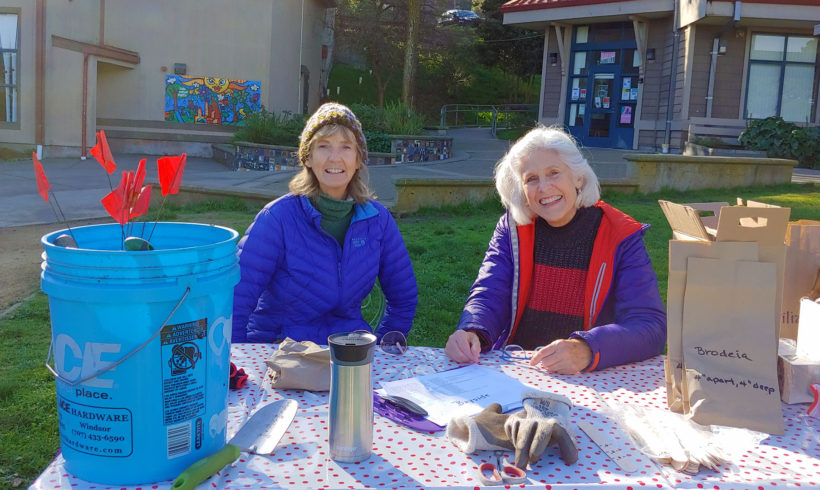
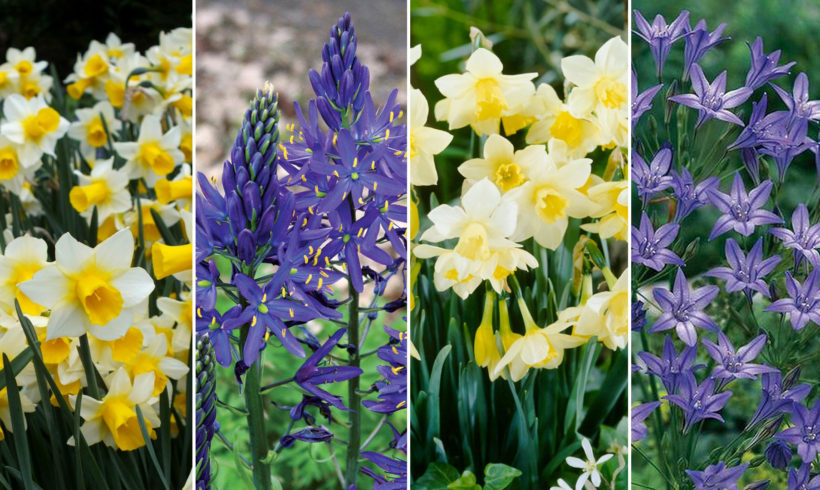
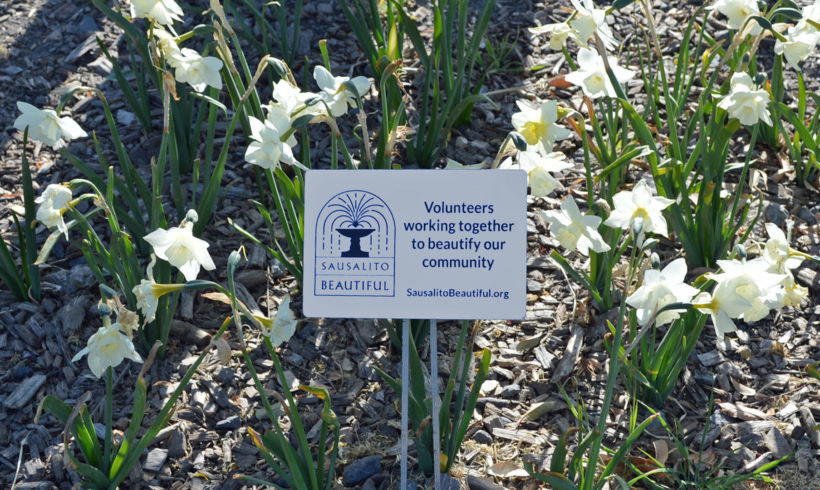
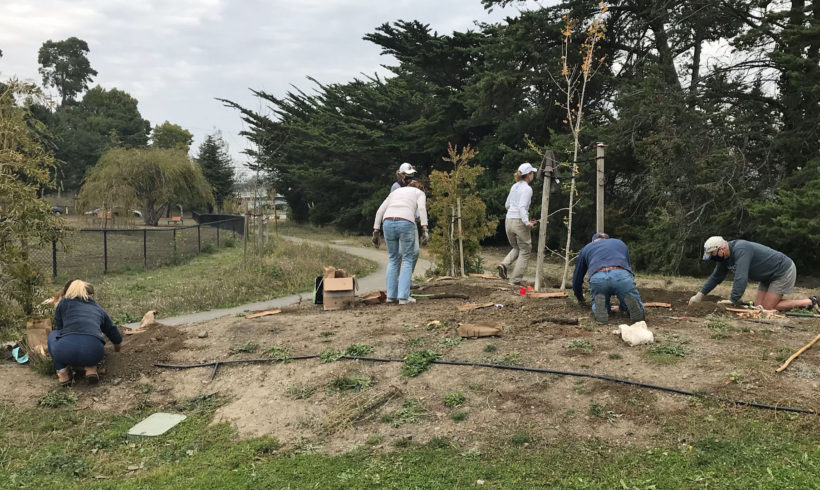
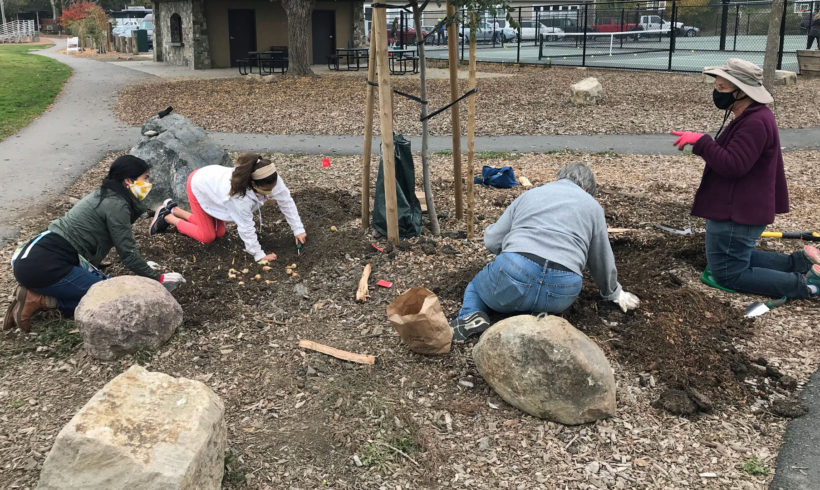
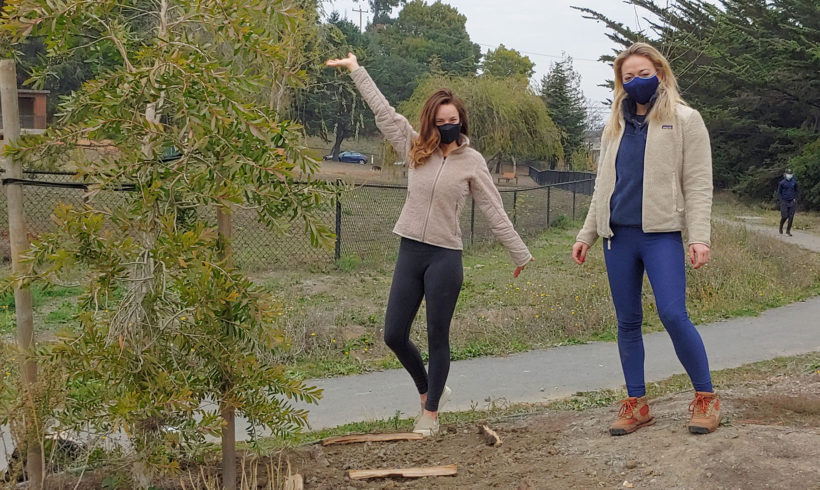
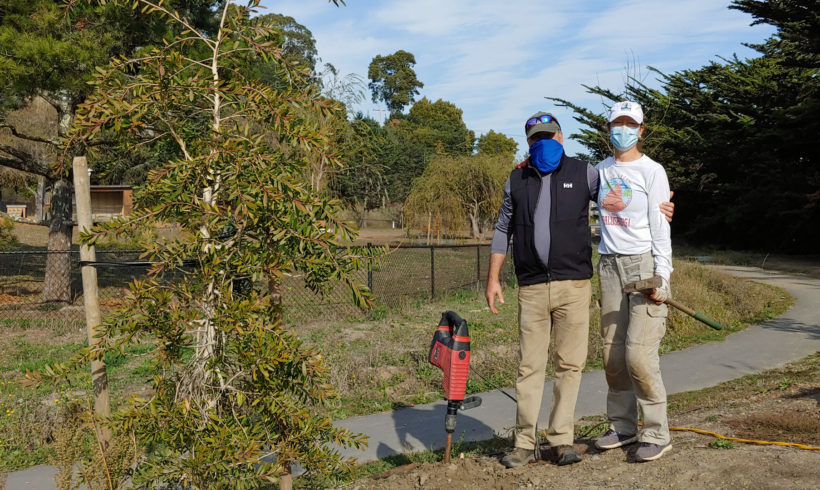
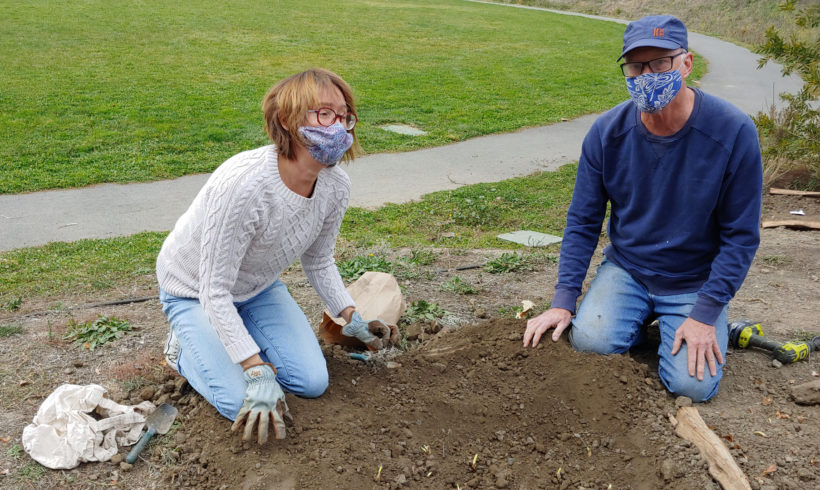
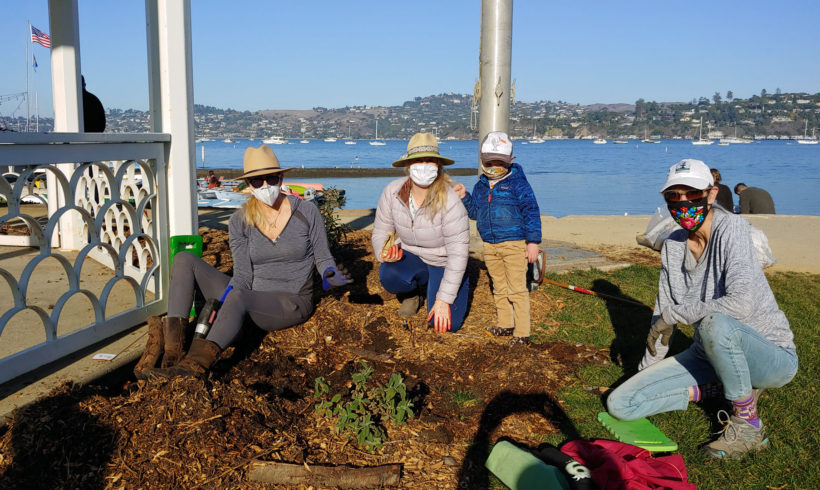
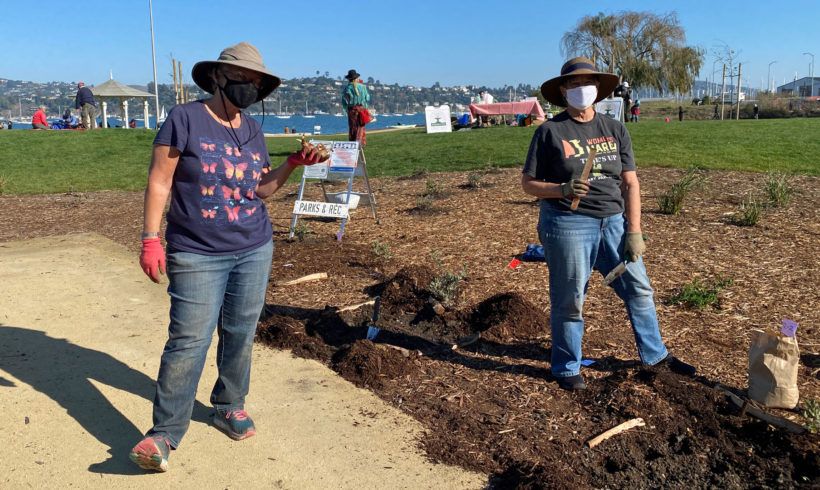
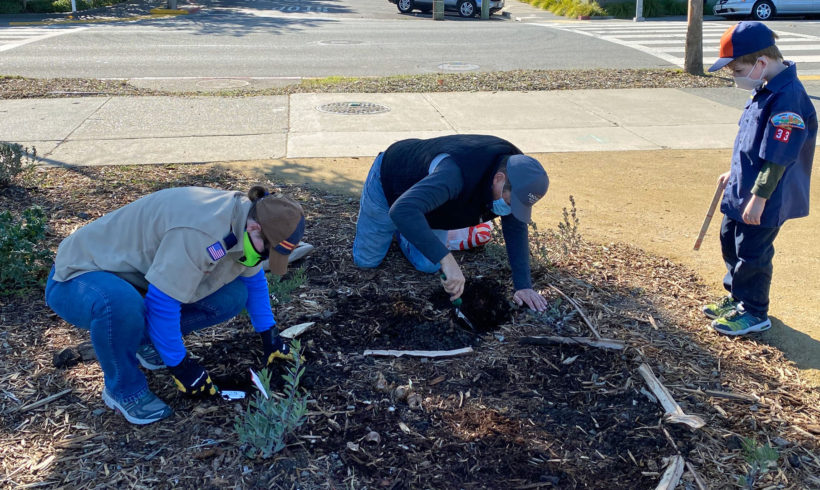
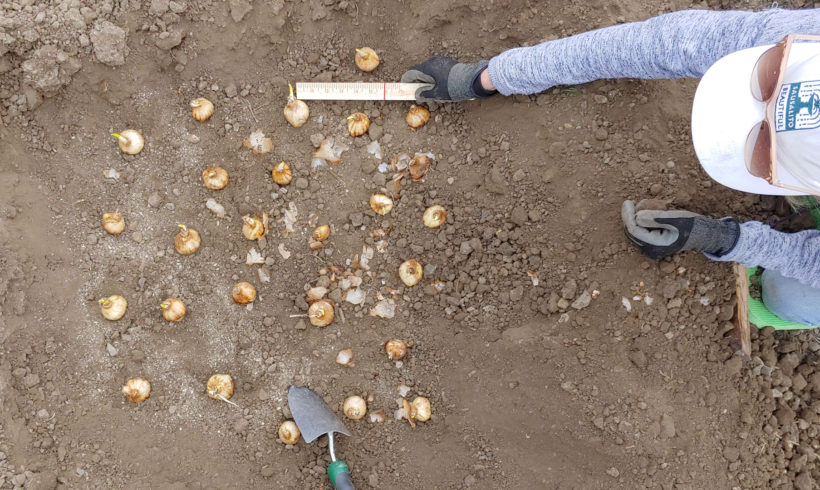
Leave a Reply